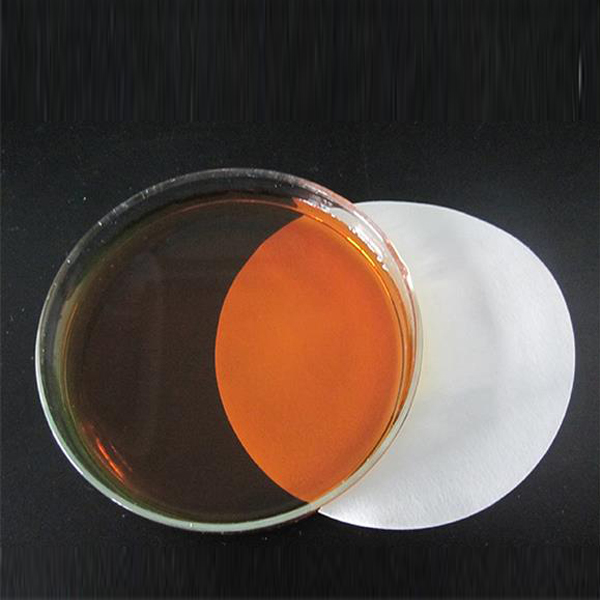
News
okt . 16, 2024 01:19 Back to list
Chelated Micronutrient Solutions for Enhancing Plant Growth and Health Supplies
Chelated Micronutrients for Plants A Comprehensive Guide for Suppliers
The health and vitality of plants are significantly influenced by the availability of essential nutrients, particularly micronutrients. Among these, chelated micronutrients are gaining prominence due to their enhanced availability and absorption by plants. This article serves as an extensive guide for suppliers looking to understand the benefits, types, and best practices for distributing chelated micronutrients.
Understanding Chelated Micronutrients
Chelated micronutrients are trace elements that have been chemically bound to a larger organic molecule, creating a stable complex. This process enhances their solubility and bioavailability, ensuring that plants can readily absorb these vital nutrients through their roots and foliage. Common chelated micronutrients include iron, manganese, zinc, copper, and boron. Each of these plays a critical role in various physiological functions, such as chlorophyll production, enzyme activity, and overall plant growth.
The Importance of Micronutrients
While macronutrients like nitrogen, phosphorus, and potassium are essential for plant growth, micronutrients are equally important but required in smaller quantities. A deficiency in any of these micronutrients can lead to a range of growth issues, including chlorosis, stunted growth, and flowering problems. For instance, iron deficiency often manifests as yellowing between the veins of young leaves, a condition known as interveinal chlorosis. By supplying chelated forms of these nutrients, suppliers can help growers mitigate deficiency issues more effectively.
Benefits of Chelated Micronutrients
1. Enhanced Uptake The chelation process protects micronutrients from becoming insoluble in the soil, enabling better absorption by plant roots. This is particularly important in alkaline soils where many micronutrients can become locked away.
2. Improved Stability Chelated micronutrients remain stable in varying pH conditions, ensuring their availability throughout different growth stages of the plant.
3. Reduced Toxicity Some micronutrients can be toxic to plants when present in high concentrations. Chelation helps mitigate this risk by controlling the release of these elements, making them safer for plant use.
4. Versatile Application Chelated micronutrients can be applied through soil application, foliar sprays, or fertigation systems, offering flexibility for growers and suppliers alike.
Types of Chelated Micronutrients
There are several types of chelating agents used for micronutrients, each with its own advantages
chelated micronutrients for plants supplier

- EDTA (Ethylenediaminetetraacetic acid) A commonly used chelator that works well for many trace elements but may lose its effectiveness in higher pH soils.
- DTPA (Diethylenetriaminepentaacetic acid) More effective in alkaline conditions than EDTA, making it suitable for calcareous soils.
- EDDHA (Ethylene diamine-N,N'-diacetic acid) Particularly effective for iron chelation in high pH soils, it is widely used in horticulture.
- Citric Acid A natural chelating agent that enhances the bioavailability of micronutrients while being eco-friendly.
Best Practices for Suppliers
1. Quality Assurance Ensure that the products offered are of high quality and meet industry standards. Regular testing and certifications can help build trust with customers.
2. Educate Growers Providing educational materials about the importance and application methods of chelated micronutrients can help growers make informed decisions.
3. Tailored Solutions Understand the specific needs of different crops and soils. Offering customized nutrient solutions based on soil tests can enhance the effectiveness of your products.
4. Sustainability Focus As organic and sustainable farming practices gain traction, suppliers can consider offering organic-certified chelated micronutrient options.
5. Promote Research and Development Investing in research to develop new formulations or improving existing ones can position suppliers as leaders in the market.
Conclusion
Chelated micronutrients represent a vital component in modern agriculture, offering a solution to many nutrient deficiency problems faced by growers. As a supplier, understanding the benefits of these nutrients, the types available, and the importance of quality and education will help you meet the growing demand from farmers looking to enhance their crop production and quality. By emphasizing these aspects, suppliers can ensure a successful partnership with their clientele in fostering healthier and more productive plants.
-
OEM Chelating Agent Preservative Supplier & Manufacturer High-Quality Customized Solutions
NewsJul.08,2025
-
OEM Potassium Chelating Agent Manufacturer - Custom Potassium Oxalate & Citrate Solutions
NewsJul.08,2025
-
OEM Pentasodium DTPA Chelating Agent Supplier & Manufacturer High Purity & Cost-Effective Solutions
NewsJul.08,2025
-
High-Efficiency Chelated Trace Elements Fertilizer Bulk Supplier & Manufacturer Quotes
NewsJul.07,2025
-
High Quality K Formation for a Chelating Agent – Reliable Manufacturer & Supplier
NewsJul.07,2025
-
Best Chelated Iron Supplement for Plants Reliable Chelated Iron Fertilizer Supplier & Price
NewsJul.06,2025
